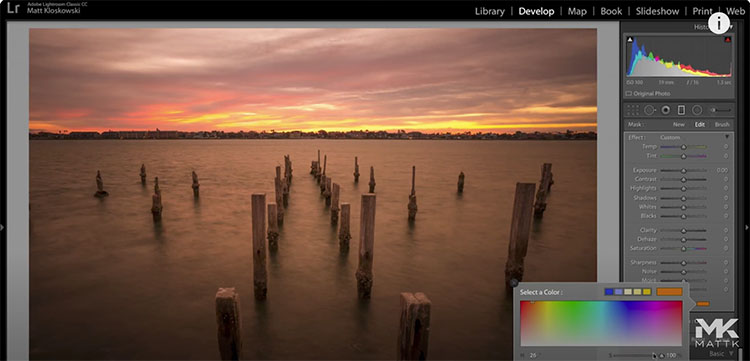Color! – A Conversation With Eric Meola @ Santa Fe Workshops
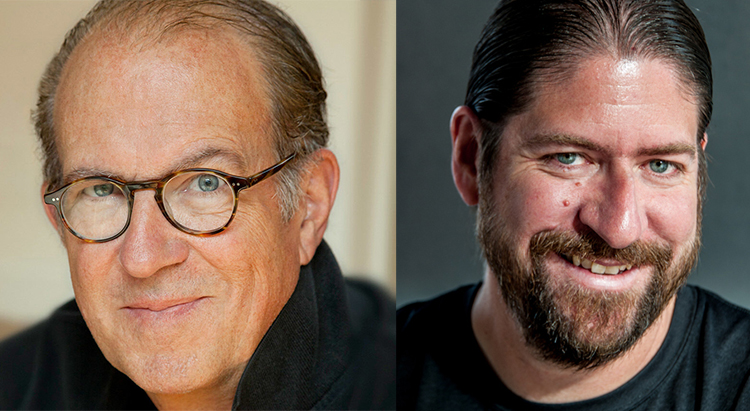
Wednesday, Dec 10 @ 8pm EST, 2026
Creativity Continues at Santa Fe Workshops with a conversation about Color!
Savor a deep dive with two photographic masters, Eric Meola and John Paul Caponigro.
Our hour of inspiration will begin with a short presentation of images.
Next, Eric and John Paul will share and discuss their insights about color. After hearing their insights about how other artists use color and how they use color, you’ll leave inspired to explore how you use color (even if you’re a black-and-white photographer).
Finally, we’ll finish with a lively question-and-answer session open to all participants.
Color is such a deep subject, and these artists’ passion for color is so strong, it’s sure to run long.
Join Santa Fe Workshops’ worldwide community of photographers and writers as Creativity Continues.
_
Photographer Eric Meola’s new book, BENDING LIGHT: The Moods of Color, showcases his use of light and color throughout his career. In a five-decade career that defines the use of color as art, Meola examines the history of color and redefines it in the medium of photography. In dozens of stories and anecdotes, he recounts his journey using color, its symbolism, and how it affects our moods. “Light and color are my subject as much as the subject itself. They resonate with our moods, reflect our emotions, and define the way we see.”
Eric Meola studied photography at the Newhouse School of Journalism at Syracuse University and graduated with a B.A. in English Literature. Meola’s photographs are included in the archive of the American Society of Media Photographers, the National Portrait Gallery in Washington, D.C., the International Center of Photography in New York, and the George Eastman Museum. His previous books include Last Places on Earth (GRAPHIS, 2004), Born to Run: The Unseen Photos (Insight Editions, 2006), INDIA: In Word & Image (Welcome Books, 2008), and FIERCE BEAUTY: Storms of the Great Plains (IMAGES Publishing, 2019). He has received numerous awards, including “Advertising Photographer of the Year” in 1986 from the American Society of Media Photographers, a “Power of the Image” George Eastman award in 2014, and, in 2023, he received a Lifetime Achievement Award from the Professional Photographers of America.
View 12 Great Photographs by Eric Meola
Read 14 Great Quotes By Photographer Eric Meola.
Read our extended conversation.
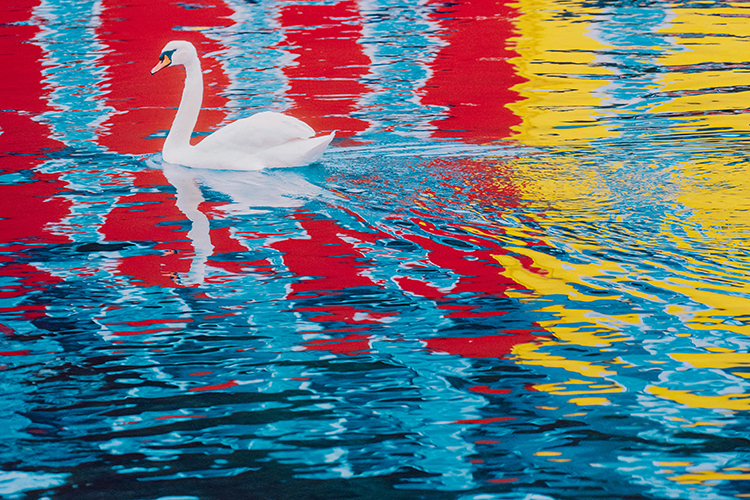
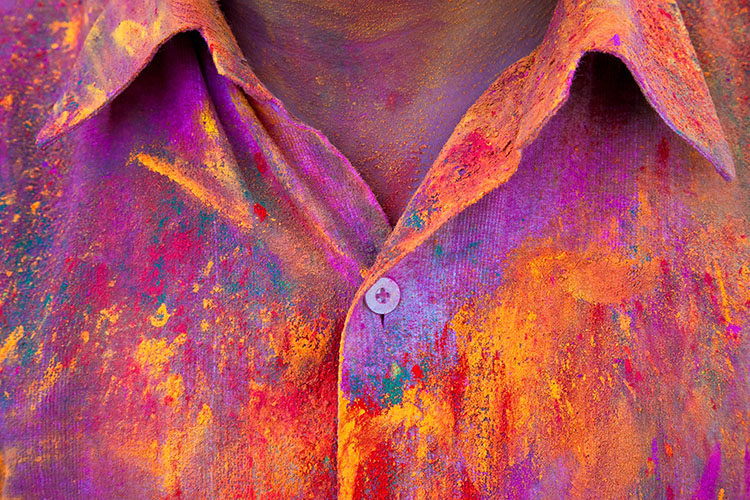
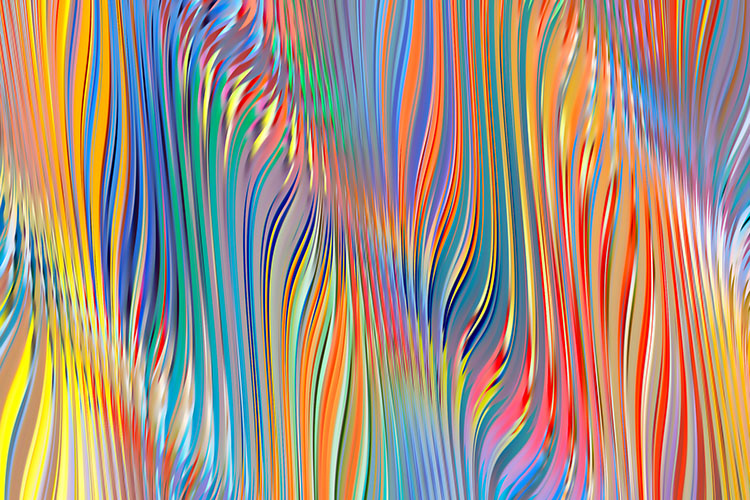


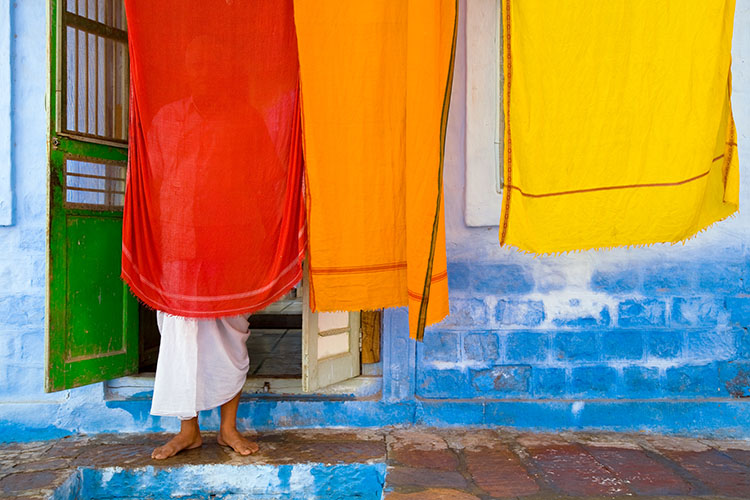

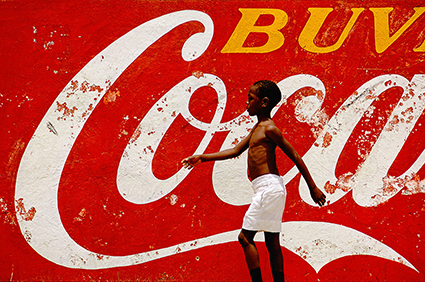
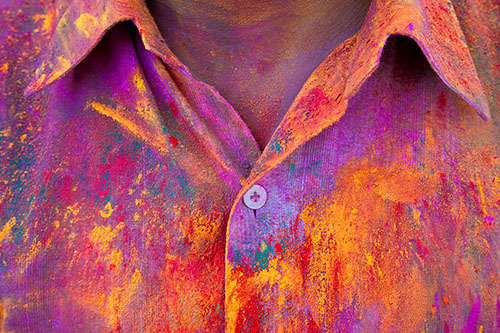
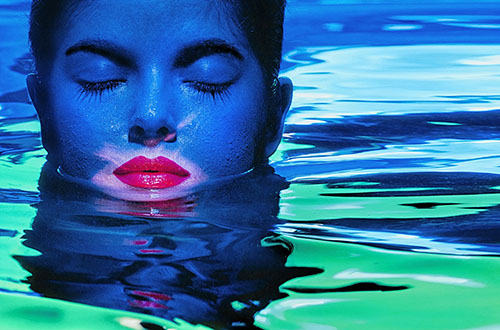


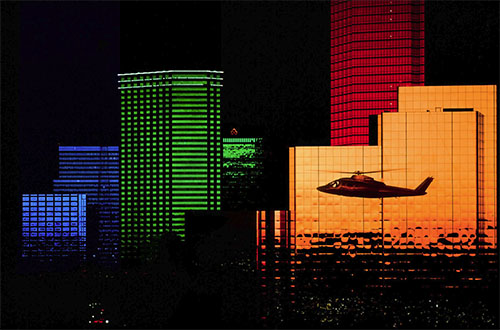

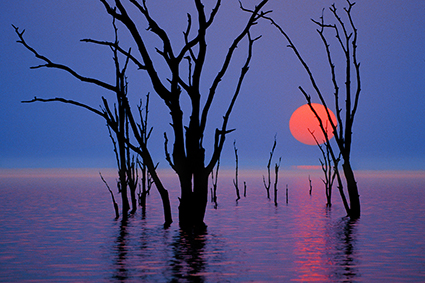

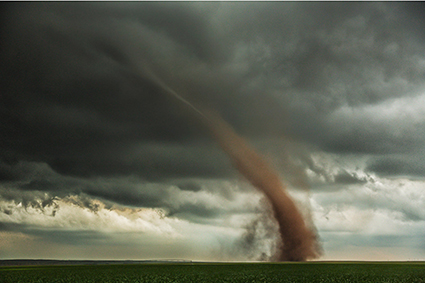


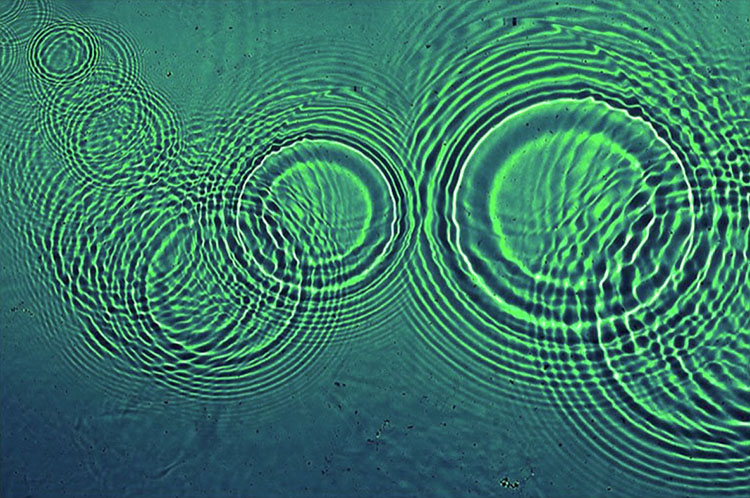
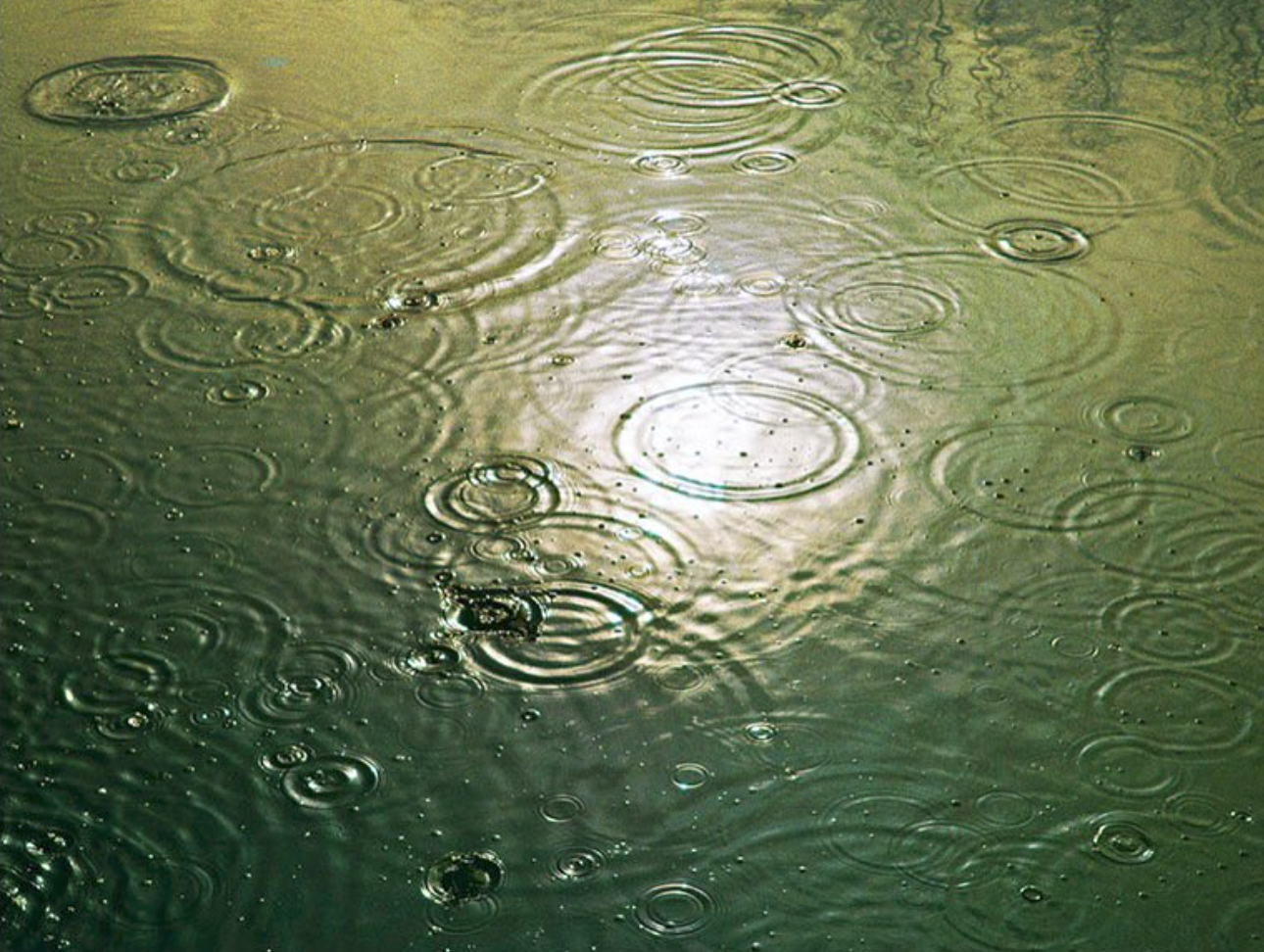
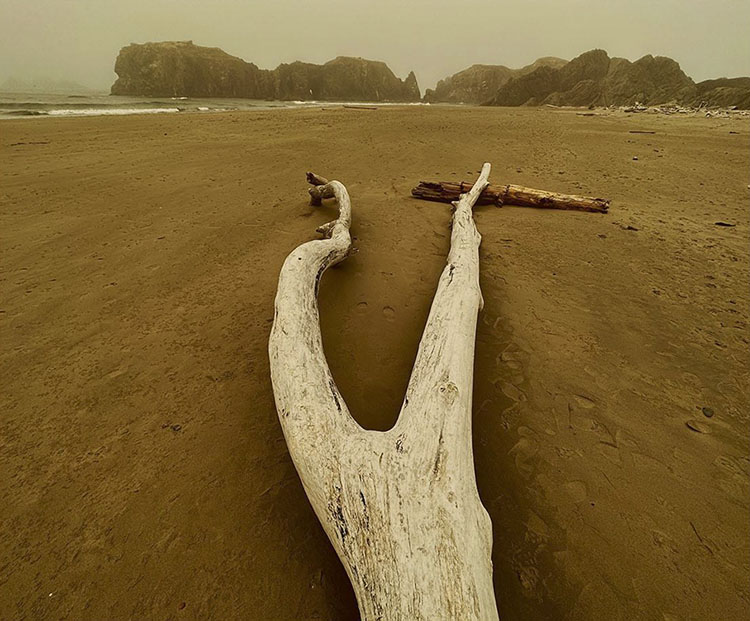
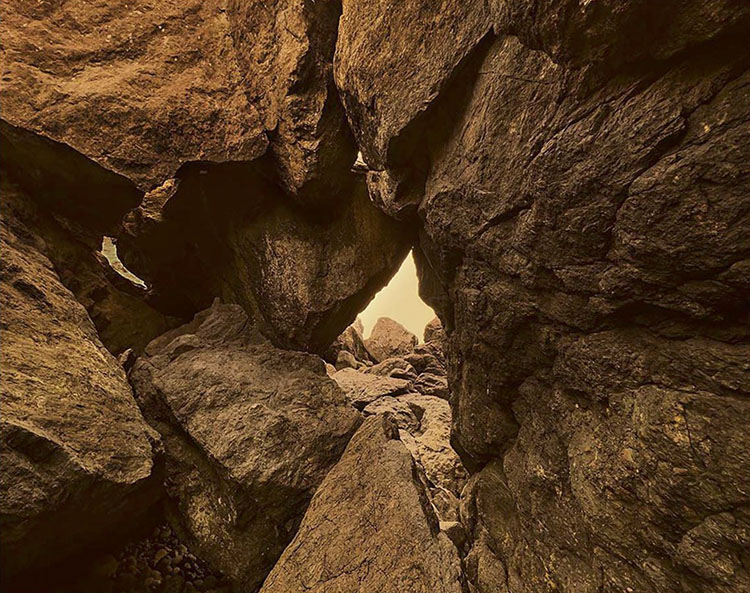

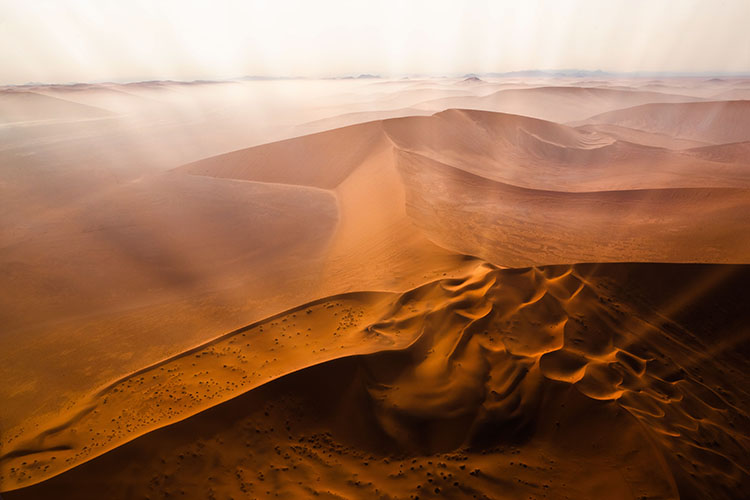

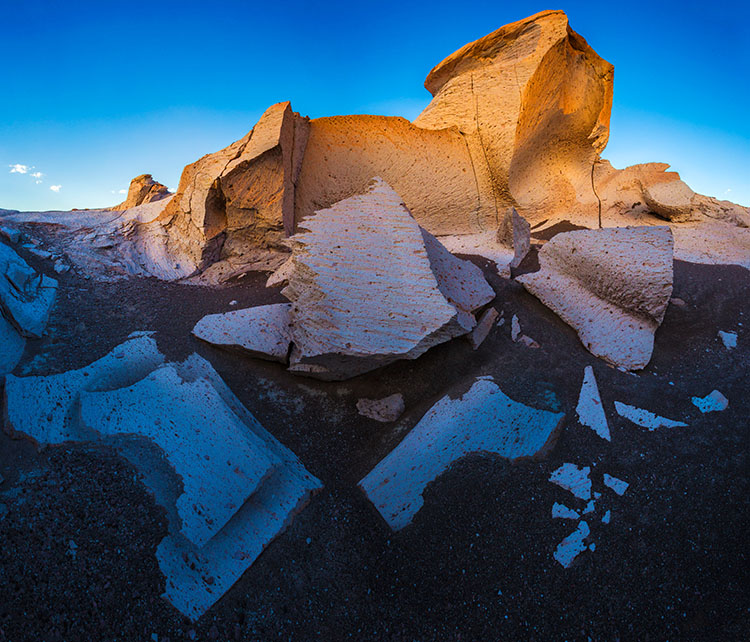


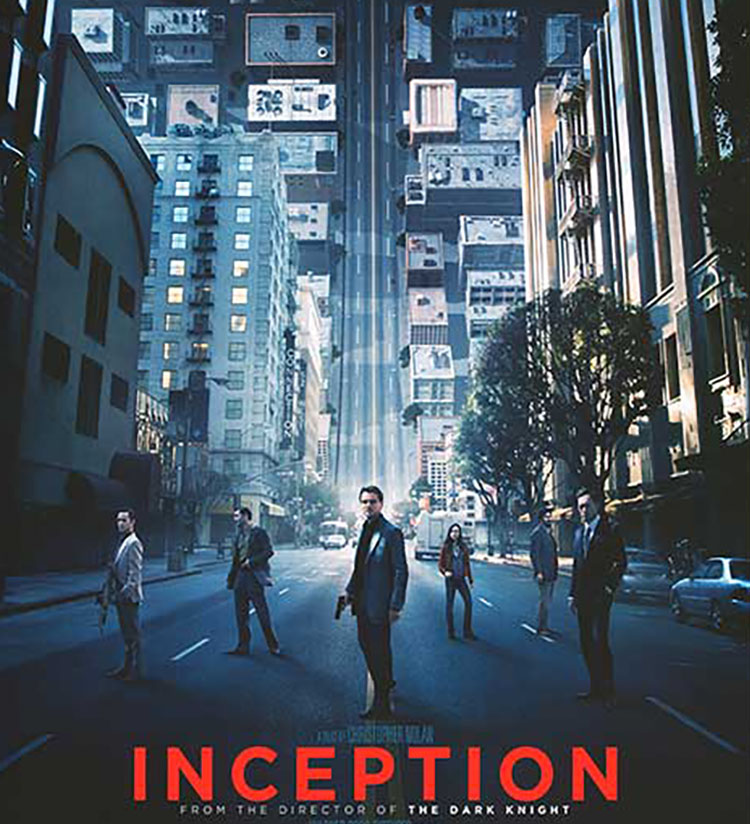
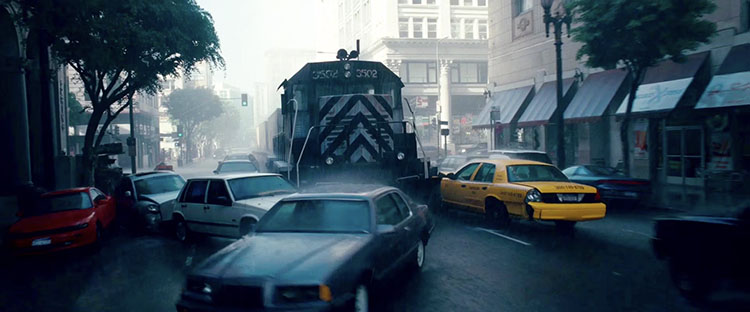 Dream layer one’s rainy exteriors are dominated by grays, dark blues, and blacks.
Dream layer one’s rainy exteriors are dominated by grays, dark blues, and blacks. Dream layer two’s urban interiors are composed of warm oranges and browns.
Dream layer two’s urban interiors are composed of warm oranges and browns.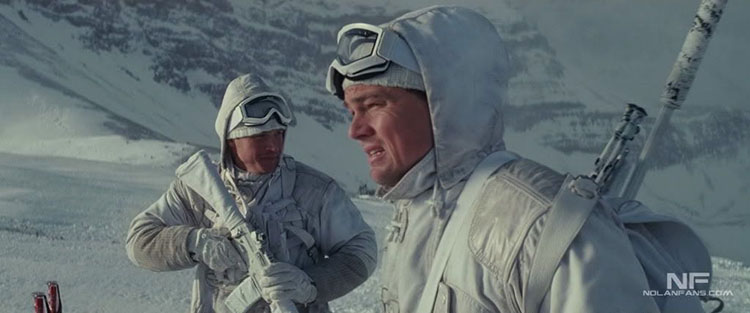 Dream layer three’s snowy exteriors are rendered with bright whites and grays.
Dream layer three’s snowy exteriors are rendered with bright whites and grays.